Vasant refers to the 'King of all seasons', spring (late January-February), and Panchami refers to the fifth day (Panch meaning ‘five’) of the fortnight per Hindu calendar. On the fifth day of spring, people celebrate Vasant Panchami or Basant Panchami which is also known as Saraswati Panchami and celebrated by Hindus with great fervor.
Why Vasant Panchami Festival is Celebrated
Vasant Panchami, also known as Saraswati Puja, marks the arrival of spring and is celebrated with fervor across India and other parts of the Indian subcontinent. Falling on the fifth day (Panchami) of the bright lunar fortnight of the Hindu month of Magha, the festival heralds the vibrant renewal of life and the bounty of nature. Dedicated to Goddess Saraswati, the deity of wisdom, learning, arts, and music, this auspicious day is believed to be the goddess's birth anniversary. Devotees adorn her idols with yellow garments and offer seasonal flowers, symbolizing energy, prosperity, and knowledge, while the color yellow dominates every aspect of the festivities, representing optimism and spiritual awakening.
The significance of Vasant Panchami transcends its seasonal context, intertwining deeply with the cultural and educational ethos of Indian society. Schools and colleges often organize Saraswati Puja, encouraging students to seek the goddess's blessings for academic and artistic pursuits. It is a day of initiation into learning, known as Vidya-Arambha or Akshara-Abhyasam , where children begin their educational journey by writing their first letters in Sanskrit or their native language. Furthermore, the day is seen as a propitious occasion for weddings, new beginnings, and community gatherings, emphasizing harmony, shared joy, and intellectual growth.
Beyond its religious undertones, Vasant Panchami symbolizes the interplay of nature and divinity. As mustard fields bloom in golden hues and the air resonates with the melodies of spring, the festival becomes a celebration of life’s eternal cycle of creation and rejuvenation. People across regions fly kites, enjoy traditional delicacies like sweet rice or kesar halwa, and engage in artistic endeavors, embodying the goddess’s essence. Ultimately, Vasant Panchami is more than a religious observance—it is a reminder of humanity’s deep-rooted connection to wisdom, culture, and the rhythms of nature, urging us to embrace knowledge and creativity with gratitude and reverence.
Basant Panchami Date, Time, Muhurat & Tithi
Vasant Panchami on Friday, January 23, 2026
Vasant Panchami Muhurat
- 07:15 AM to 12:50 PM
Duration
- 05 Hours 36 Mins
Vasant Panchami Madhyahna Moment
- 12:50 PM
Panchami Tithi Begins
- 02:28 AM on Jan 23, 2026
Panchami Tithi Ends
- 01:46 AM on Jan 24, 2026
Timing for the Saraswati Puja 2026 is the same.
Note: Devotees begin their Vasant Panchami rituals at sunrise, making it a key time for the day's observances. Sunrise and sunset vary by region and date due to India's geographical diversity. For exact timings, refer to local astronomical data.
Significance and Importance of Basant Panchami
The answer to this often asked question is that on Vasant Panchami or Basant Panchami Goddess Saraswati is worshipped, therefore this day is also known as Saraswati Panchami or Saraswati puja. This day we pray to Goddess Saraswati to bestow Her blessings on us. It is considered an important and auspicious day to start anything new like people choose to keep their Griha Pravesh (house warming ceremony) on this day.
‘Saraswati’ is made of Sāra referring to ‘essence’ and Sva refers to ‘self’ as in Swavalambi (self-reliant). It means the essence of one’s self and self-realization. Goddess Saraswati is a symbol of purity. She is described in the Rig Veda (2.41.16) as the best of divine mothers अम्बितमे नदीतमे देवितमे सरस्वति | ambitame naditame devitame sarasvati; “O best of divine mothers, we stand insignificant in front of You. O Mother, please bless us!” In the Vedic stuti dedicated to Saraswati, it is said that she is pure white like the flower Jasmine, sitting on the divine pure white lotus that attracts the Gods of Swargaloka, Siddhaloka, Bhuloka, and planets. She is even worshipped and honored by the Tridevas (Brahma, Vishnu, and Mahesha ).
Story and History of Basant Panchami
The festival of Basant Panchami, steeped in mythology and spiritual significance, is celebrated with immense devotion and joy. Its roots trace back to ancient Hindu scriptures and traditions, which recount multiple narratives emphasizing its divine essence. The foremost legend connects Basant Panchami with the creation of the universe. According to this story, Lord Brahma, the creator of the cosmos, found the world lifeless and silent despite his act of creation. In his desire to bring vibrancy and harmony to existence, he created Goddess Saraswati, the embodiment of wisdom, arts, and learning. Bestowed with the gift of speech and melody, Saraswati played her veena (a divine string instrument), and her music infused the universe with rhythm, eloquence, and the vitality of knowledge. This marked the onset of creation filled with intellect, beauty, and order. Thus, Basant Panchami honors Goddess Saraswati as the source of enlightenment and creativity.
Another popular legend intertwines the festival with the theme of love and transformation. It is said that Goddess Parvati, eager to unite with her consort Lord Shiva, sought the help of Kamdev, the god of love, to awaken Shiva from his intense yogic meditation. On Parvati's request, Kamdev shot his floral arrow of love towards Shiva. This act disrupted Shiva's deep trance, bringing him back into the material world and rekindling his attention toward Goddess Parvati. The event is celebrated as a cosmic balance between asceticism and worldly engagement, marking the day as a symbol of rejuvenation and love. This legend associates Basant Panchami with the advent of spring, a season that represents the blossoming of nature, relationships, and spiritual awakening.
Over the centuries, Basant Panchami has come to embody the harmonious blend of nature, divinity, and human aspirations. The festival heralds the onset of the vibrant spring season, symbolized by the color yellow, which stands for energy, prosperity, and positivity. Devotees honor Goddess Saraswati with rituals and offerings, particularly students, artists, and scholars who seek her blessings for wisdom and creativity. The connection to Kamdev and Shiva adds a layer of human emotions and renewal, reminding us of the interplay between love, determination, and cosmic order. Together, these legends make Basant Panchami a profound celebration of life’s cyclical beauty, intellectual pursuits, and divine intervention.
What to do on Basant Panchami?
On this day, Basant Panchami Saraswati Puja is celebrated by worshipping Devi Saraswati. One who worships Goddess Saraswati wholeheartedly attains Her quality of being self-realized, devoid of tamas (ignorance). Goddess Saraswati is given a special position in the Vedas. She is the goddess of Gyaan (knowledge), kala (arts), Pragna (wisdom), and Shiksha or vidya (learning) and speech. Students, teachers, artists, scholars, musicians, singers, people seeking higher education or knowledge, and everyone connected to the creative or artistic field dedicatedly worship Goddess Saraswati on this day to be blessed by Her.
How is Vasant Panchami Celebrated?
Vasant Panchami is celebrated in different regions of India in various ways. In Punjab it is celebrated as a Kite Festival, it is a harvest festival in Bihar, the North-Eastern states of India, in Orissa and West Bengal it is celebrated as Saraswati Puja, In the South of India, it is a festival where devotees go to the temples to worship the Goddess. It is a tradition in many places in India for women to swing on colorful swings tied to trees, singing traditional folk songs. In Rajasthan, people wear garlands of the pale yellow Jasmine flowers to mark the Basant Panchami celebration.
The color Yellow is significant on this day, as it is believed that Goddess Saraswati favors this color and at this time, the Mustard crop ripens to flower into fields full of yellow flowers. So, Yellow color is predominant in Basant Panchami celebration and people wear Yellow color clothes on this beautiful festival. Devi Saraswati idols are adorned with Yellow sari in many places while worshipping.
Educational Institutes of all kinds, be it schools or institutes of learning music or any art form specially worship Goddess Saraswati with sincere prayers. Basant Panchami special music, dance, drama, recitation of poems, and other cultural activities are organized by students to display their talents and show their reverence to the Goddess. In some parts of India like West Bengal, Saraswati idols are brought at home too and worshipped with joy. Not only Hindus but also Jains, Sikhs, and Buddhists worship Goddess Saraswati.
Vasant Panchami is an auspicious day for marriage/weddings as it is considered to be the day when Lord Rama and Sita Maa got married, so Vasant Panchami 2026 for marriage is a very suitable and blessed day.
Saraswati Puja Vidhi on Vasant Panchami
Saraswati Puja on Vasant Panchami is highly auspicious. Most people worship Devi Saraswati idols made of clay on this day which are immersed in water the next day. The devotees take a bath in the morning and it is said that having a bath with Mustard oil and Haldi (turmeric) pack pleases Goddess Saraswati. After which the idol is seated on an elevated platform. The idols are adorned with yellow or white Sari and yellow and white flower garlands. The puja is mostly done by the Pandit and devotees follow his instructions and repeat mantras after him.
Here is How to do Saraswati Puja at home:
- The ' Puja Kalash ' is established in front of Saraswati Devi’s idol. After invoking Bhagwan Ganesh as per rituals, the puja vidhi starts.
- The Saraswati Puja mantra and aarti are recited by joining hands with devotion.
- Yellow and white flowers are offered in 'pushpanjali' along with the chanting of mantras.
- Then Chandan, Akshata, Pushpa, Dhoop, Deep, and Naivedhya are offered with Vedic mantra chanting. Sweets and fruit, especially Yellow color are offered to please the Goddess. Many offer Kheer (Indian sweets) which is later distributed along with edible offerings as prasad among everyone.
- The Ber fruit (Jujube) is offered to Goddess Saraswati in West Bengal as it is said to be one of Her favorite fruits. In fact, people and especially students refrain from eating Ber before Saraswati Puja.
- Devotional songs are sung and last but not least, devotees bow down in front of the idol for blessings and silently put forward their wishes to Saraswati.
Another interesting ritual is that the students stack their books, pens/pencils, keep their musical instruments near the idol of Goddess for it to be blessed by Her, and refrain from studying that day. In India, the final exams in schools and colleges mostly fall within a few days after the Saraswati Puja festival so students and parents pray sincerely for success in exams.
On this day in some parts of India, toddlers are initiated to learning in a unique ceremony where they write their first syllable in front of the idol of the Goddess Saraswati. It signifies that the child is now ready to embark on his educational journey.
Homas and Yagnas are done in Schools and Colleges in some states of India.
Basant Panchami Mantra
This mantra is chanted at the end of the puja when bowing down:
Namodevyai Mahadevyai Shivayai Satatam Namah।
Namah Prakrityai Bhadrayai Niyatah Pranatah Smatam॥
Tamagnivarnam Tapasajvalantim Vairochanim Karmaphaleshu Jushtam।
Durgam Devim Sharanamaham Prapadye Sutarasi Tarase Namah॥
Devi Vachamanajanayanta Devastam Vishvarupah Pashvo Vadanti।
Sa No Mandreshamurjam Duhana Dhenurvagasmanupa Sushtutaitu॥
Kalaratrim Brahmastutam Vaishnavim Skandamataram।
Saraswatimaditim Dakshaduhitaram Namamah Pavanam Shivam॥
The mantra which can be chanted during Basant Panchami Saraswati Puja to garner the blessings of Devi Saraswati:
॥ Om Aim Hrim Kleem Maha Saraswati Devaya Namaha ॥
Students who want to make learning easy and enjoyable can chant this mantra on Basant Panchami:
॥ Om Aim Hrim Kleem Maha Saraswati Devaya Namaha ॥
SARASWATI PUJA PUSHPANJALI MANTRA
Om Bhadro Kallyoi Namo Nityang
Saraswatyoi Namo Namah
Veda Vedanta Vedanga
Bidyasthanebhaya
Ebacho Esso Swachandana
Billyopatro Pushpanjali
Om Oing Shree Shree Saraswatoyi Namah
Vasant Panchami Festival Vrat Vidhi (Fasting Procedure)
Vasant Panchami holds a profound spiritual dimension as a day for observing a vrat (fast) to invoke the blessings of Maa Saraswati. Fasting on this day is believed to purify the mind and body, fostering discipline, devotion, and inner clarity while aligning the devotee with the divine energy of the Goddess. It is not merely a ritual but a heartfelt practice to seek intellectual and spiritual growth, amplify focus, and cultivate a deeper connection with Maa Saraswati.
Preparation for the Vrat
- Begin the day with a bath early in the morning, preferably during Brahma Muhurta (4–6 AM), symbolizing purification.
- Wear yellow clothes to honor the festival's spirit, as yellow symbolizes prosperity, energy, and purity.
- Prepare a clean and decorated space for the puja with yellow flowers, a picture or idol of Maa Saraswati, and other offerings.
Sankalpa (Taking the Vow)
- Intention : Sit in the puja area, light a ghee lamp, and take a vow to observe the vrat with sincerity and devotion.
- Chant: 'Om Saraswatyai Namah' to invoke Maa Saraswati’s blessings.
Observing the Fast
Type of Fast:
- Full fast: Refrain from eating all day, consuming only water or milk if necessary.
- Partial fast: Consume fruits, milk, and sattvic food, avoiding grains, salt, and heavy meals.
Focus on Worship : Spend the day in devotion, prayer, and reading or reciting hymns like the Saraswati Vandana or Saraswati Ashtakshara Mantra.
Puja Rituals
Place Maa Saraswati’s idol or picture on a yellow cloth. Decorate it with turmeric, kumkum, and flowers.
Offerings :
- Yellow flowers (like marigolds)
- Fruits and sweets, especially boondi laddoos or Kesari halwa.
- Books, pens, and instruments of learning to symbolize respect for knowledge.
Recite: 'Om Aim Saraswatyai Namah' and perform an Aarti with devotion.
Breaking the Fast
After completing the puja rituals in the evening or post-sunset, you can break the fast by consuming sattvic food.
Share the prasad with family and friends, spreading the blessings of Maa Saraswati.
Vasant Panchami Vrat Katha (Traditional Fasting Story)
The story of Vasant Panchami is a delightful tale that highlights the divine blessings of Maa Saraswati. It takes us back to the very beginning of the world, when creation was still in its early stages.
Bhagwan Brahma, the creator of the universe, was pleased with his creation but noticed something missing. The world was alive with beauty, but it was silent, lacking the spark of expression and emotion. Humans roamed the Earth, but they had no voice to sing, speak, or share their thoughts. Troubled by this emptiness, Brahma decided to seek a solution.
With deep meditation, he invoked Maa Saraswati, the goddess of knowledge and the arts. She appeared in a radiant form, dressed in white, exuding a calm and serene energy. Holding her veena, she filled the atmosphere with divine grace. When Brahma explained his concern, Maa Saraswati smiled and gently strummed her veena. Instantly, the world came alive and humans gained the ability to speak, birds began to chirp melodiously, rivers flowed in rhythm, and the air was filled with harmony. The Earth was transformed into a vibrant, expressive place.
Overjoyed by her blessings, Brahma declared the day of her arrival as Vasant Panchami, a day to honor the Goddess of Wisdom. From then on, devotees have celebrated this day with fasting and pujas, seeking Maa Saraswati’s blessings for intelligence, creativity, and clarity of thought. This traditional katha reminds us of the divine gift of wisdom and the transformative power of knowledge, which enriches both individual lives and the world at large.
Another tale tells of King Bhoja, a ruler passionate about art and learning, who faced obstacles in his mission to promote education. On the advice of his spiritual guide, he performed a grand Saraswati Puja on Vasant Panchami, observing a fast with complete devotion. Pleased with his sincerity, Maa Saraswati blessed him, and his kingdom blossomed into a hub of wisdom and culture.
These enchanting stories remind us of the transformative power of knowledge and creativity. Observing the Vasant Panchami Vrat is not just a ritual; it’s a way to invite Maa Saraswati’s divine grace into our lives, filling our hearts with wisdom, our minds with clarity, and our lives with harmony.
Rudra Centre’s Saraswati Puja and Yajna
Invoke the divine blessings of Maa Saraswati, the Goddess of wisdom, knowledge, and creativity, with a traditional Saraswati Puja by Rudra Centre Puja Services . Perfect for students, artists, and seekers of higher learning, this Vedic puja helps enhance intellect, purity of thought, and creative inspiration. Performed by expert priests, it honors Maa Saraswati, depicted in serene white, seated on a swan, symbolizing enlightenment. Let Rudra Centre guide you in unlocking your true potential through this sacred ritual.
Benefits of Maa Saraswati Puja:
- For wisdom and knowledge
- For melodious speech and the power of word
- For creative skills in arts
- For blessings of Maa Saraswati
Maa Saraswati Puja Service Includes: Sthapana (Ganesh, Devi, Navgraha, Kalash, Brahma), Navagraha Mantra Japa (1 mala of each planet), Rudra Kalash Pujan, Shodus Kalash Pujan, Sarvato Bhadra Pujan, Chetrapal Mandal Pujan, Chatukasti Yogini Pujan, Invocation of all Gods and Goddesses, Brahma Saraswati Puja, Saraswati Yantra and Idol abhishek and pujan, Saraswati strotra, kavach and Patha recitation, Saraswati Mantra japa, Homa and Aarti.
More information about Saraswati Puja on this Link
Popular And Effective Vasant Panchami Products
Shri Saraswati Yantra - Gold
Shri Saraswati Yantra made in pure copper with a 24K gold finish is a powerful Yantra to seek the blessings of Maa Saraswati. Being the Goddess of knowledge, the Shri Saraswati Yantra is ideal for students, knowledge seekers, art professionals, and music learners as well. The Yantra is perfectly inscribed on a thick copper sheet and it can be placed in your puja altar or at the office. It is available in various holding options like a wooden stand and frame for your convenience.
Saraswati Yantra - Pocket Size
Saraswati Yantra in pocket-size features Saraswati Yantra on one side and Goddess Saraswati’s image on the other side. The high-quality copper plate is durable and the neatly etched diagram of the Yantra makes it effective. This pocket-size Yantra is very convenient to carry in your wallet, purse, or pocket. Chanting the provided Mantras enhances its power and it is ideal for knowledge seekers and students as Maa Saraswati is worshipped for knowledge, intelligence, wisdom, creativity, and concentration.
Saraswati on Lotus
Saraswati on lotus idol made in heavy shining brass is an ideal deity idol to be placed during Saraswati Puja and your puja altar as well. This beautifully carved idol features the Goddess seated on a lotus with a Veena in her hands. The swan at the base is Maa Saraswati’s vehicle and the rosary and book in Her rear hands symbolize spirituality and knowledge. This amazing idol is also available in an antique finish and looks even more stunning.
Goddess Saraswati Photo - Large
Glittering photo of Maa Saraswati made with high-quality material. The beautiful picture depicts Goddess Saraswati seated on a lotus with a Veena (musical instrument). Clad in white saree, the Goddess is portrayed in her divine form and this photo can be used while performing Saraswati Puja. It can also be placed on your puja altar or hung on a wall. This photo is available in two different frame options for you to choose the one that suits your preferences.
Conclusion
Vasant Panchami, the festival heralding the arrival of spring, is a beautiful amalgamation of nature’s vibrance, spiritual wisdom, and cultural celebration. Dedicated to Maa Saraswati, the Goddess of knowledge and creativity, this day inspires us to embrace the pursuit of learning, artistic expression, and intellectual clarity. The festival reminds us of the transformative power of wisdom and the importance of balance between intellect and purity in life.
As fields bloom with mustard flowers and the air fills with the spirit of renewal, Vasant Panchami encourages us to honor both nature’s bounty and the divine energies that guide us. It serves as a gentle reminder to cultivate positivity, embrace creativity, and strive for enlightenment in our personal and collective journeys. By celebrating this vibrant occasion with devotion, whether through Saraswati Puja, acts of charity, or simply wearing the cheerful color yellow, we invite growth, joy, and wisdom into our lives, paving the way for a bright and prosperous future.


-in-Astrology.jpg)
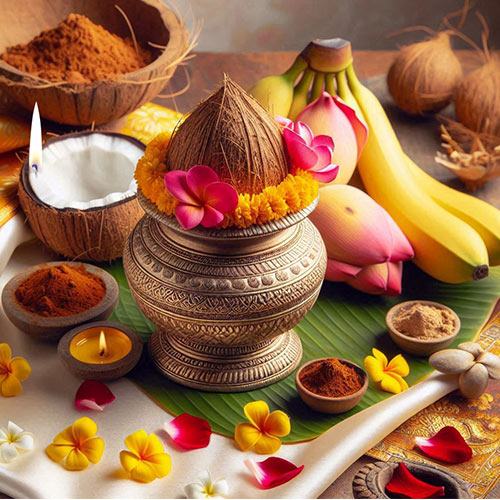

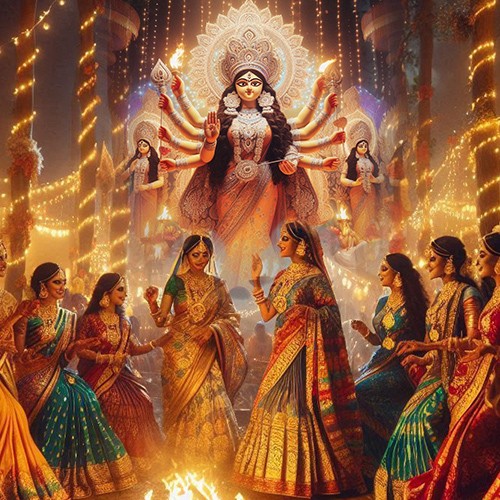
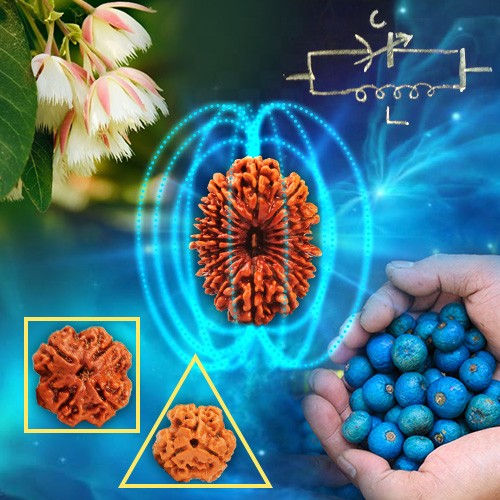


.jpg)
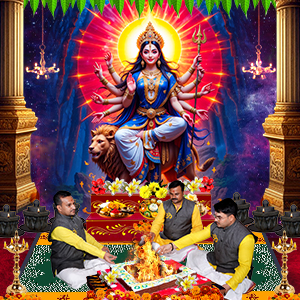
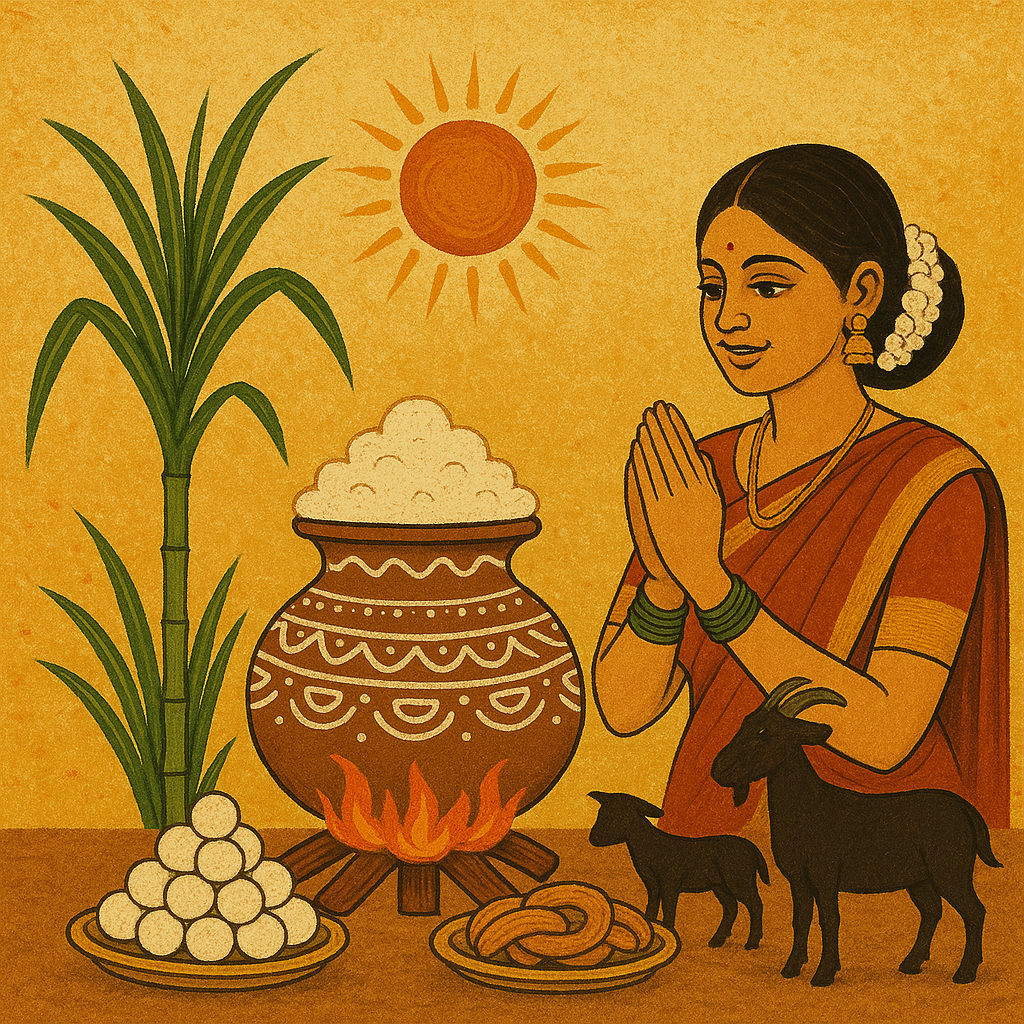

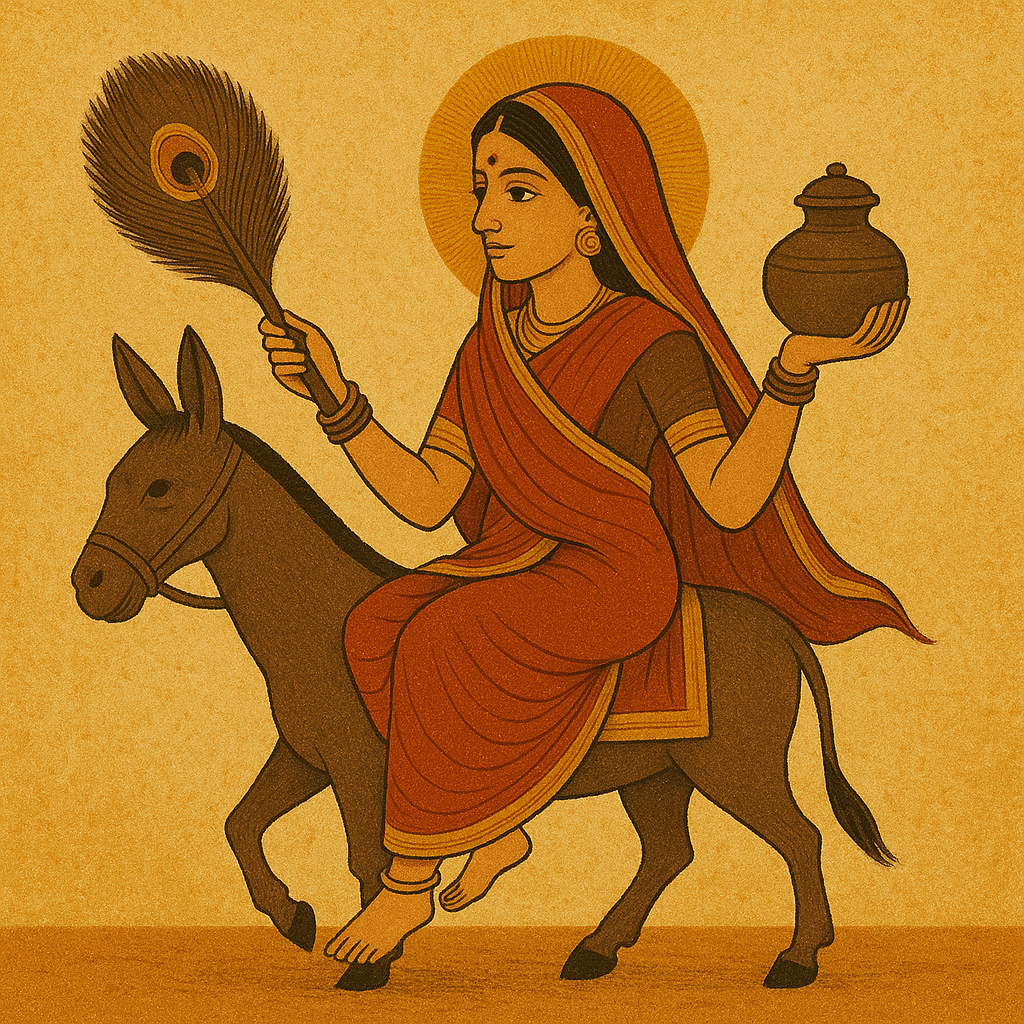
Comments 0
Leave your thought here